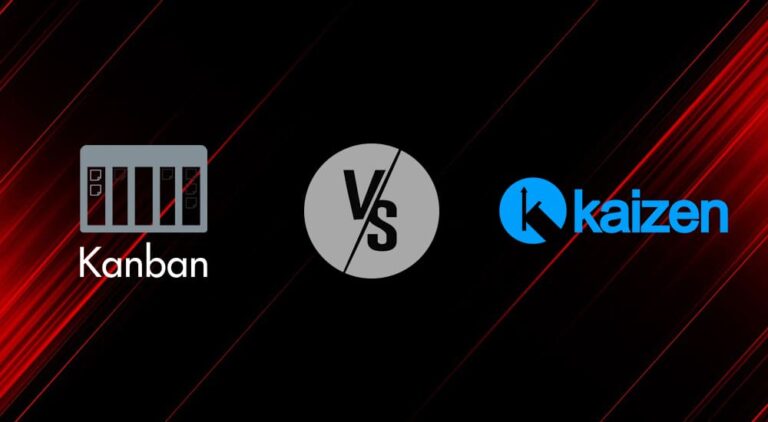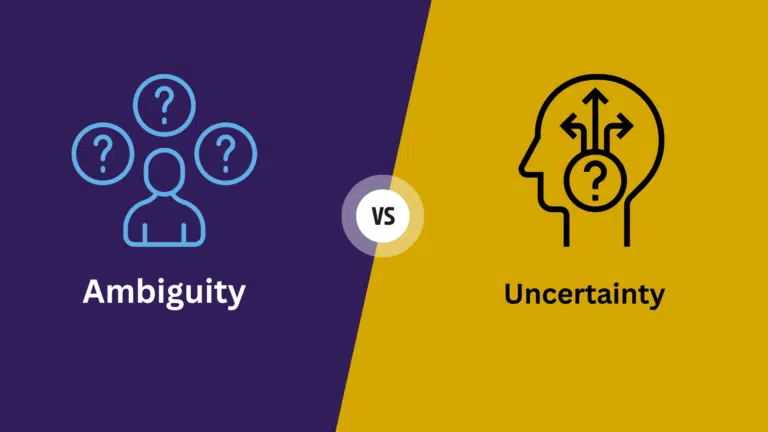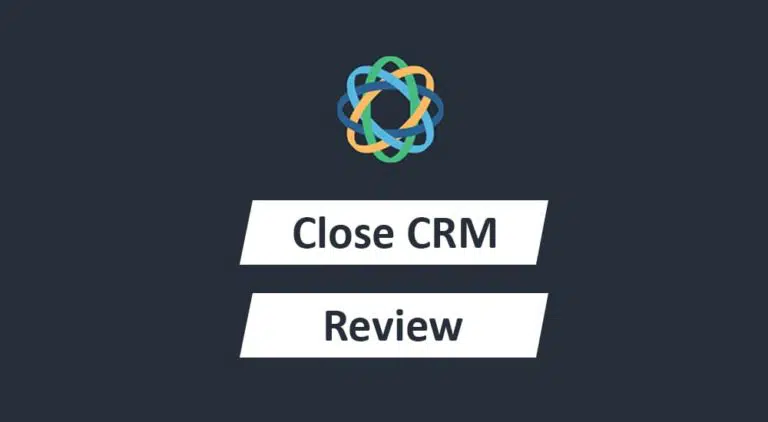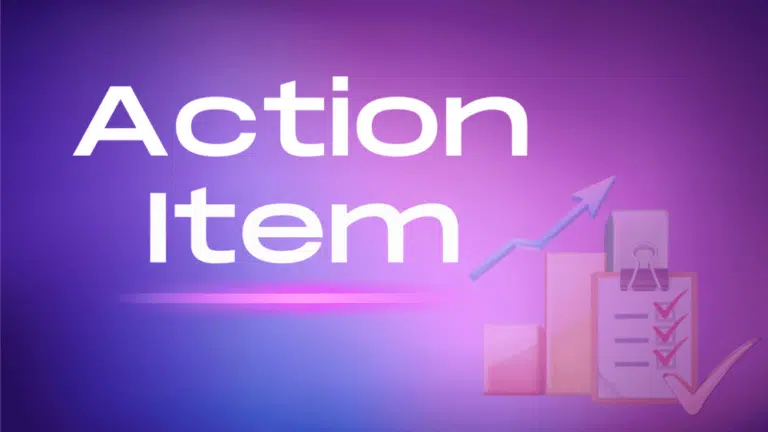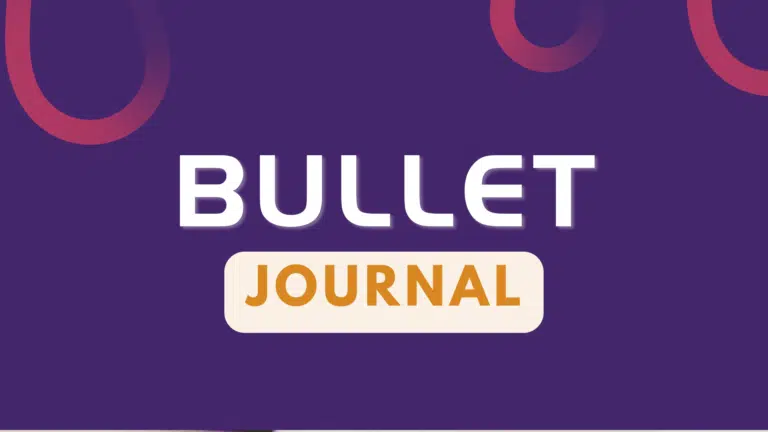Benefits realization management (BRM) is a comparatively new concept in project management popularized by the Project Management Institute (PMI) in the United States. Since it is a new concept, many organizations do not understand it well and thus have not yet adopted it.
As the PMI promotes this concept through the PMBOK Guide, understand that this concept is important from a PMP exam point of view.
In today’s post, we will understand the benefits realization management and its uses.
What is Benefits Realization Management (BRM)?
Let me explain this concept to you through an example.
Suppose you have built a call center for a client, the client accepts the deliverable, and you close the project. Is it a successful project ending? You may say yes, but as per the PMI, not yet.
According to the PMI, after delivering the project deliverables, you should ensure that the client realizes the benefit of the project output. For example, the call center should help the client achieve their objectives.
If the client faces issues with using the call center, the project manager should help them overcome issues and get benefits for the project. Your project is successful if the project sponsor gets the benefit of the project. This is called benefit realization.
The purpose of benefit realization management is to maximize the return on investment.
Successful benefit realization management comprises three areas:
- Benefit Identification
- Benefit Management Execution
- Benefit Realization Sustainability
1. Benefit Identification
Here, your organization will identify the benefits of the project and program. Management does so before starting the project as part of the business case. They will determine the key performance indicator to track and measure the benefits.
They will develop a process to measure and track the progress against the benefit realization and plan communication to share the progress reports with the stakeholders.
While identifying the benefits that the project intends to deliver, ask the following questions:
- Can we define the benefits objectively?
- How will we measure the benefits?
- When will the project start delivering the benefits?
2. Benefit Management Execution
The project manager will work with the client to execute the benefits management plan.
If the client is facing issues with using the project deliverable, the project manager will provide the necessary help to get the full benefit of the product.
3. Benefit Realization Sustainability
Here, you will ensure the client continues to benefit from the project deliverables. You will monitor and measure benefits performance and report the observation to stakeholders.
Who is Responsible for BRM?
Benefits realization is a collective responsibility involving multiple stakeholders, from the project manager to the client’s organization. The involved stakeholders can be technical support staff from the project management team and operational and transitional experts from the client’s organization.
Project managers have key roles in the realization of benefits as they are the ones who build the product, and their input is vital for successfully using the project deliverable optimally.
How to Visualize Benefit Realization Management
The following are two popular methods to visualize benefit realization management:
Benefit Dependency Map
A benefit dependency map, also known as a “benefit dependency network,” shows the relationship between different benefits within a project. It shows how each benefit contributes to the objectives and depends on each other.
You can draw a benefits dependency map as follows:
- Identify Benefits: First, list the key benefits that you want to achieve with your project. These could be tangible benefits (e.g., saving money) or intangible benefits (e.g., improving customer satisfaction or efficiency).
- Map Dependencies: Next, draw lines between the benefits to show how they’re connected. Some benefits are like stepping stones, and they might need to happen before others.
- Visual Representation: Create a visual representation of the benefit dependencies using diagrams or charts. You can draw the map with flowcharts, networks, or matrix diagrams. The goal is to provide a clear, easy-to-understand visualization of the relationships between the benefits.
- Analyze Risks: Analyze the risks associated with benefit dependencies. Find bottlenecks or points of failure where delays or issues with one benefit could impact others. This will help risk management.
- Monitor and Update: Monitor and update the benefit dependency map throughout the project lifecycle. As the project progresses, reassess the dependencies and adjust the map. This will ensure that stakeholders have updated information to make informed resource allocation and prioritization decisions.
Results Chain
The results chain framework helps you understand and manage the process of identifying and planning benefits and ensuring they are delivered and realized.
You can use the results chain in BRM as follows:
- Goal Alignment: Your goals are what you want to achieve with your project and the destination that you are aiming for.
- Benefit Identification: Identify the value propositions that stakeholders expect from the project. Benefits may include cost savings, revenue generation, risk mitigation, improved efficiency, enhanced customer satisfaction, or other positive organizational impacts.
- Benefits Planning: After identifying the benefits, develop a plan to realize and measure them throughout the project lifecycle. This involves defining key performance indicators (KPIs), setting targets or benchmarks for benefit realization, allocating resources, and establishing mechanisms to monitor progress and measure success.
- Benefit Delivery: The project deliverables will help you realize the benefits. The deliverables can be implementing new processes, systems, or technologies, delivering specific products or services, changing organizational behaviors and practices, etc.
- Benefit Realization: BRM ensures that the intended benefits are realized and sustained over time. This requires ongoing monitoring and evaluation to assess how well the expected outcomes are achieved, as well as to identify any barriers or challenges and take corrective actions to maximize value delivery.
- Value Optimization: Beyond realizing benefits, BRM also focuses on optimizing the value generated by the project. This involves identifying opportunities for additional benefits, leveraging collaborations between different initiatives, and continuously improving processes to enhance the return on investment.
Best Practices for Implementing BRM
You can use the following best practices to implement BRM:
- Define Your Benefits: Make sure that you know what benefits you want from your project. Write them in simple terms so that everyone will understand.
- Involve Everyone: Talk to all project stakeholders (e.g., team members, managers, and other stakeholders). Get their ideas about which benefits are important and how to achieve them.
- Plan Carefully: Create a detailed plan to ensure that you receive your desired benefits. Include steps to measure progress and determine who is responsible for what.
- Keep Track: Regularly check how well the project delivers and achieves the desired benefits. Are you getting closer to your benefits? If not, then figure out why and make changes if needed.
- Adjust as Needed: If things aren’t going as planned, change your approach. Stay flexible and open to new ideas.
Conclusion
Projects are executed to provide benefits to an organization. Benefits realization is vital for businesses to achieve their objectives. Benefits realization management ensures that the project deliverables fulfill the objectives and that the client gets the benefit(s) that they intended from the project.

I am Mohammad Fahad Usmani, B.E. PMP, PMI-RMP. I have been blogging on project management topics since 2011. To date, thousands of professionals have passed the PMP exam using my resources.


